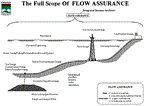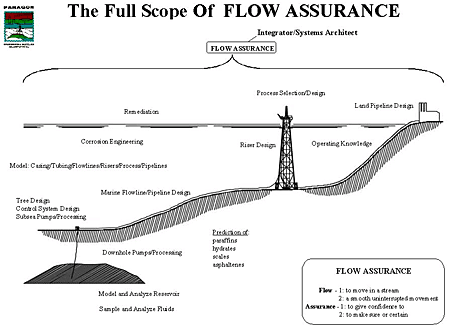Deepwater studies aimed at flow assurance launched

"The industry needs feedback of technical knowledge and experience from the field. This information will effectively improve the design and management of flow assurance systems while also providing understanding of remediation capabilities," said Jim Chitwood, a consultant to the DeepStar flow assurance committee.

The studies, titled Flow Assurance Practices/Methods for Deepwater Facilities and Pipeline Blockage Remediation Strategies for Long Offset Subsea Flowlines and Pipelines, will specifically address difficulties associated with long distances, deepwater subsea tieback of oil, and production systems and capabilities for deepwater intervention.
Over the next 12 months, Horn and his team will interview both US Gulf of Mexico and UK North Sea operators to develop case studies of 20 or more projects to uncover data that will translate into more successful deepwater pursuits. Issues to be addressed include: actual case histories involving hydrate and paraffin formation, fluid dynamics analysis, production profiles, engineering/design, operations/maintenance programs, and overall problem-solving efforts, with input from service companies commissioned to correct difficulties.
"The team also seeks to include trends for each case study and to identify potential risk factors associated with increased water depth. Of course, each company's proprietary engineering data will be protected throughout this process," said Horn.
Separately, the flow assurance workshop has identified several new equipment development needs for flow assurance that will help bring a step-change in deepwater development:
The Paragon/DeepStar team is considering a second flow assurance workshop for first quarter 2001. Topics for discussion include: new pipeline insulation materials, chemical developments for wax deposition control, development of pipeline repair technology for pipe-in-pipe lines, and development of a standard oil analysis testing program for deepwater assessment.
Edited by Dev George
Managing Editor, Oil and Gas Online
